Laser welding is a precise and efficient welding process that uses a concentrated laser beam to join metals or thermoplastics. This advanced technique offers high-speed welding with minimal distortion, making it a preferred choice in various industries, including automotive, aerospace, electronics, and medical device manufacturing.
The Origin of Laser Welding
The origins of laser welding can be traced back to the early 1960s, following the invention of the laser itself. Initially developed for scientific and industrial applications, laser technology quickly found its way into welding due to its ability to deliver intense heat with pinpoint accuracy. Over the decades, advancements in laser technology have continually enhanced the capabilities and applications of laser welding.
How Does Laser Welding Work?
Laser welding works by focusing a high-intensity laser beam onto the materials to be joined. The laser beam heats and melts the material at the targeted area, creating a molten pool. As the laser moves along the joint, the molten material solidifies, forming a strong and precise weld. The process can be controlled with great precision, allowing for intricate and high-quality welds.
The Working Principle of Laser Welding Machines
The core principle of laser welding machines is based on the high energy density of lasers. A laser generates a bright, directional beam, which is focused into a small area by optical systems. When this beam hits the workpiece surface, the high energy instantly melts the surface material, forming a localized high-temperature molten pool. By precisely controlling the laser’s duration and energy distribution, strong and high-quality welds are created.
Energy Conversion and Transfer Process
Laser welding starts with the laser generating a beam that is transmitted through an optical path and focused onto a tiny spot. The material absorbs the laser energy, converting it into heat. This rapidly increases the local temperature, causing melting or even vaporization. The molten materials mix and solidify upon cooling, forming a weld.
Welding Modes and Control
Laser welding involves various modes, such as continuous wave and pulsed wave welding. Adjusting parameters like laser power, pulse width, and frequency allows adaptation to different materials and welding needs. Protective gases are often used to prevent oxidation and ensure weld quality.
Types of Laser Welding
1. Heat Conduction Welding
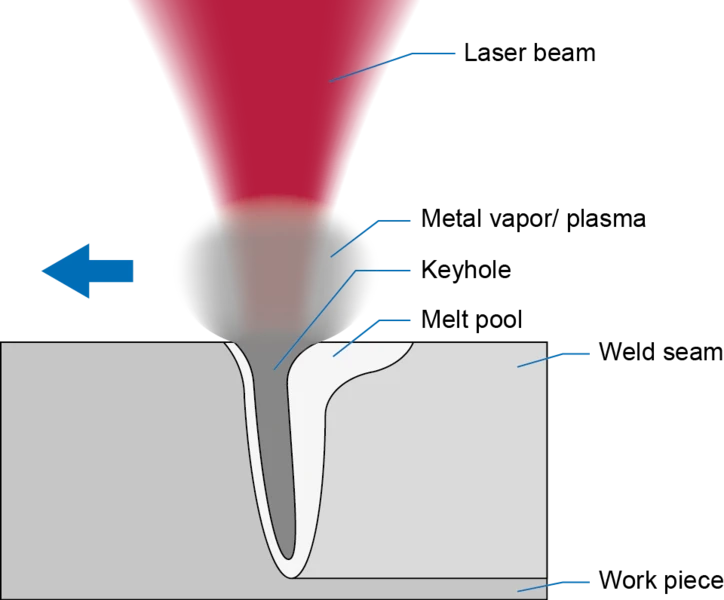
Heat conduction welding is a laser welding technique used for thin materials and small parts. The laser beam heats the surface of the material, and the heat spreads inward through conduction, melting the material at the joint area. This creates a shallow molten pool that solidifies as the laser moves, forming a weld. This method is ideal for welding materials about 1 mm thick, as it relies on surface heating and limited depth penetration.
2. Laser Deep Penetration/Keyhole Welding
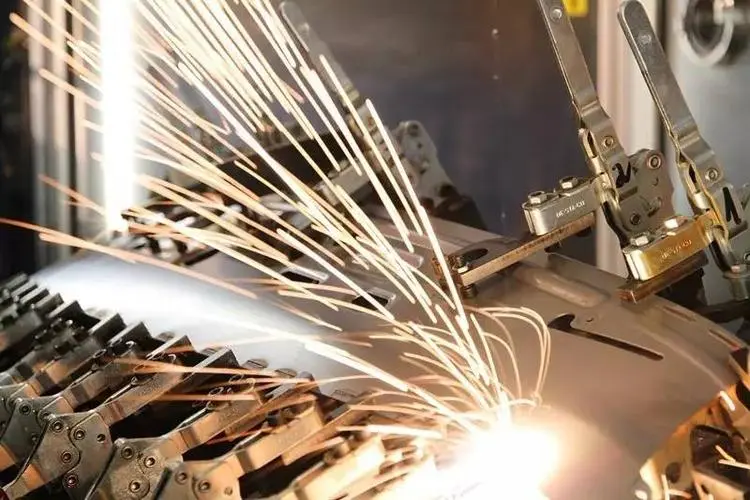
Laser deep penetration welding uses a high-energy laser beam to rapidly heat and locally melt the workpiece, creating a strong and precise weld with minimal heat-affected zone. This method is efficient, precise, and adaptable to various metals and thicknesses, making it ideal for industries like aerospace and automotive manufacturing.
3. Laser-Arc Hybrid Welding

Laser-arc hybrid welding combines the high energy density and precision of lasers with the efficiency and cost-effectiveness of arc welding, resulting in a versatile, stable, and efficient welding method with broad application prospects.
4.Laser Plasma Coaxial Hybrid Welding
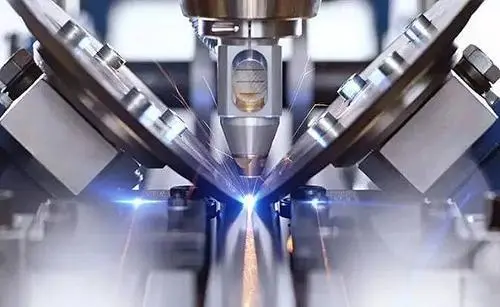
Laser plasma coaxial hybrid welding combines laser and plasma arc welding to create a high-energy density heat source for welding various metal materials. This technology leverages the advantages of both laser and plasma welding while overcoming their individual limitations. It reduces residual stress and weld porosity defects typically associated with laser welding and addresses the inefficiencies and large thermal deformations common in plasma arc welding.
What Type of Lasers Are Used in Laser Welding?
Various types of lasers are used in laser welding, each offering unique advantages. The most common types include:
1. CO2 Lasers:
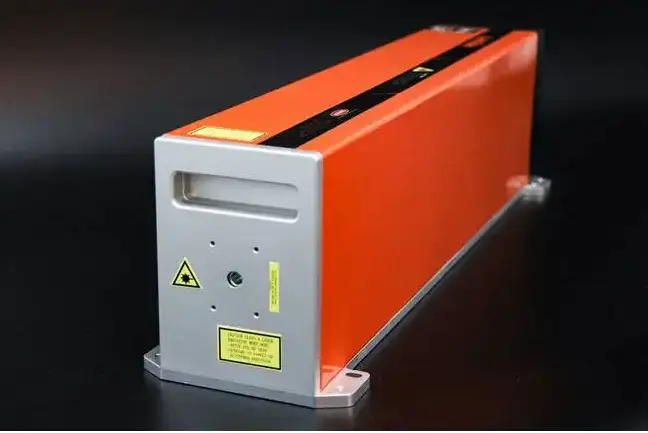
CO2 lasers are widely used industrial lasers for cutting, engraving, and welding both metal and non-metal materials. They offer excellent beam quality, a small beam diameter, uniform energy distribution, and high power density. CO2 lasers are known for their adaptability and stability, though they consume a significant amount of power and are relatively large in size.
2. Fiber Lasers:
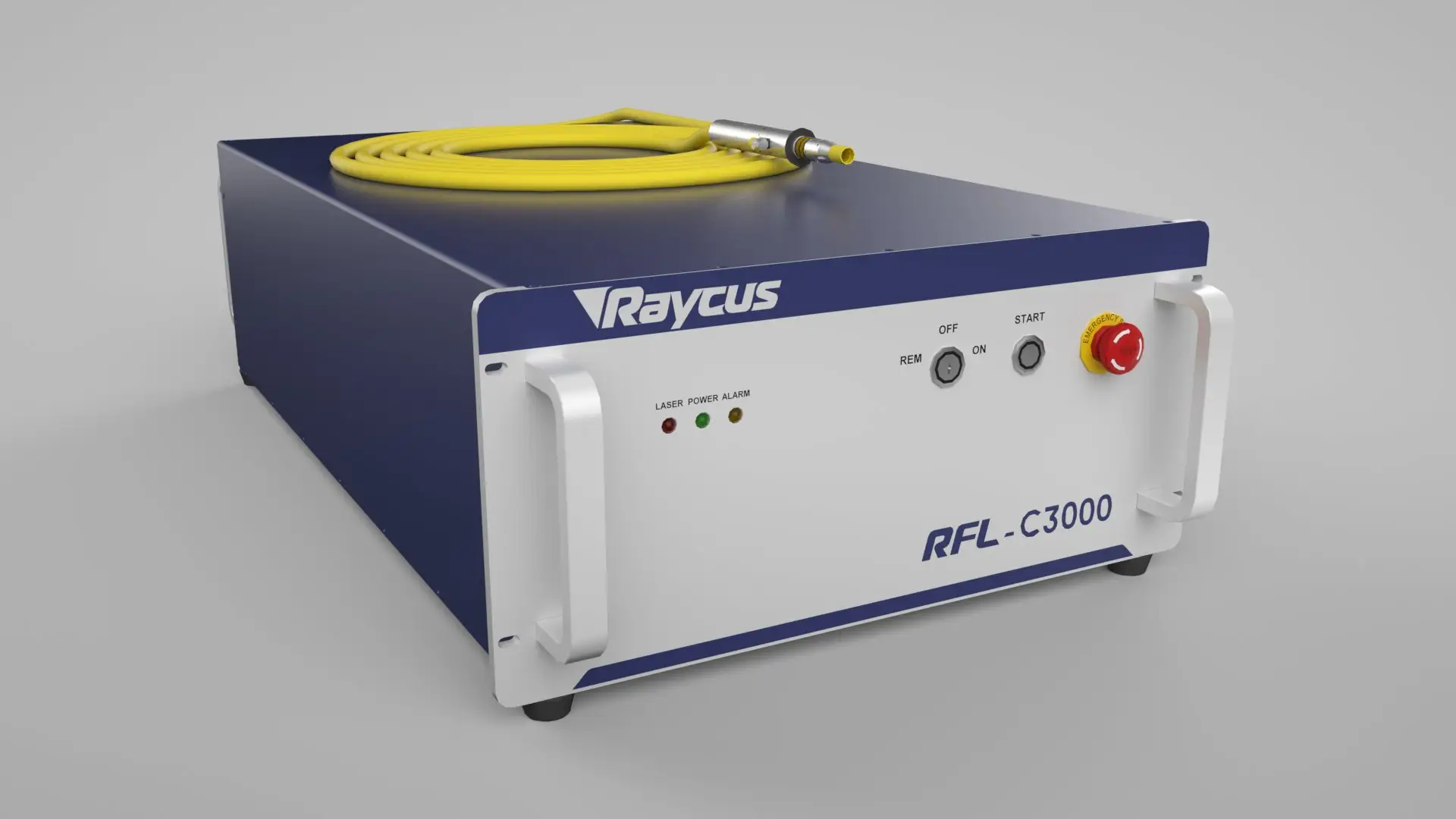
Fiber lasers use optical fibers as the transmission medium, making them compact, high in power density, energy-efficient, and highly flexible. They are a top choice in fields such as communications and materials processing. Advantages of fiber lasers include high power density, excellent beam quality, stable optical paths, and long service life. They are well-suited for welding and processing metal materials like steel, copper, aluminum, and stainless steel.
3. Nd:YAG (Neodymium-doped Yttrium Aluminum Garnet) Lasers:
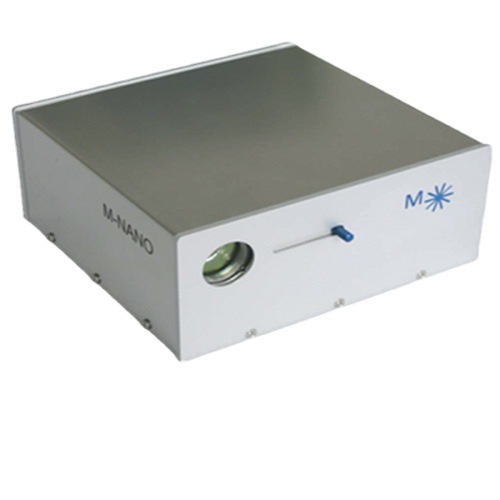
Nd lasers are solid-state lasers with a wavelength of 1.064 micrometers. They have a small spot diameter and high beam energy density, making them suitable for detailed work on material surfaces and small components. Nd asers are widely used in welding, cutting, marking, and surface treatment applications.
4. Semiconductor Lasers:
![]()
Semiconductor lasers, or laser diodes, use semiconductor materials as the gain medium. They are compact, highly efficient, and cost-effective. Known for high energy density and fast response times, they are ideal for telecommunications, data storage, medical devices, and materials processing.
6. Femtosecond Lasers:
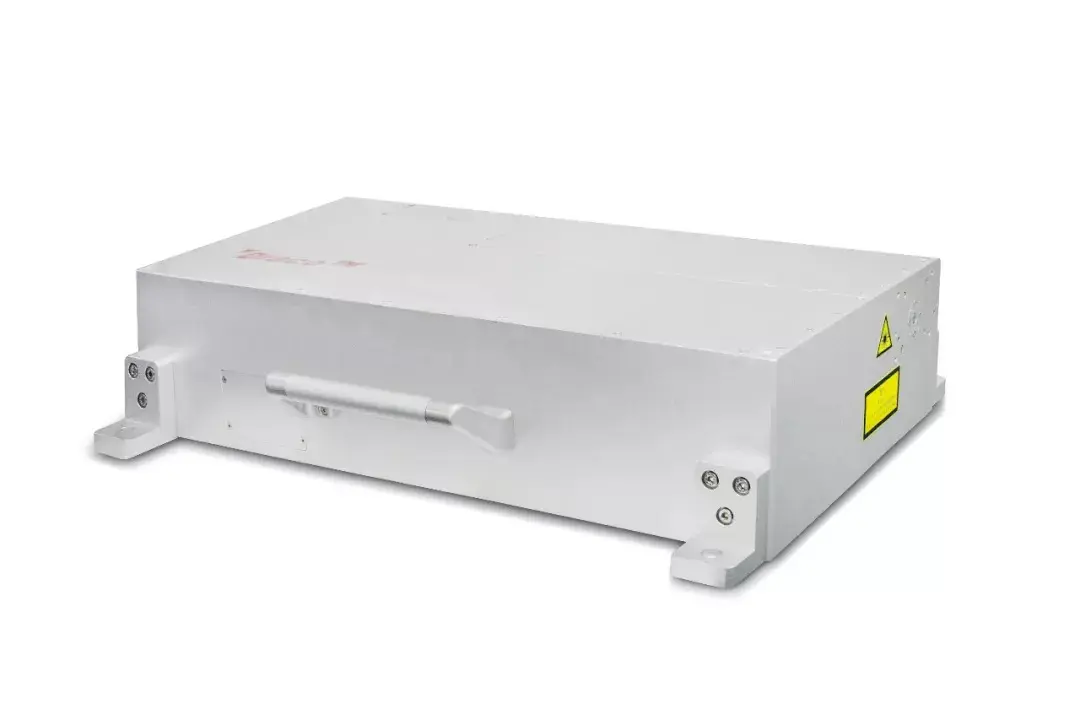
Femtosecond lasers produce ultra-short pulses lasting only a few femtoseconds (one quadrillionth of a second). These lasers offer extremely high precision and energy density, making them ideal for applications requiring minimal heat impact and high accuracy, such as micromachining, medical surgery, and scientific research.
Types of Laser Welding Machines
Following are some common types of laser welding machines:
- Automatic Laser Welding Machines: Integrated with automated robotic systems for high-precision and continuous welding. Ideal for large-scale industrial production.
- Fiber Transmission Laser Welding Machines: Use fiber optics for flexible transmission and remote operation. Suitable for confined spaces or long-distance operations.
- Galvo Scanning Laser Welding Machines: Use high-speed scanning for precise welding, ideal for batch welding of precision products like electronics and medical devices.
- Handheld Laser Welding Machines: Lightweight and flexible, suitable for on-site operations in construction, decoration, and maintenance industries.
Laser Welding Applications
Laser welding is used in various applications across multiple industries, including:
- Automotive Industry: For welding car body panels, transmission components, and exhaust systems.
- Aerospace Industry: For joining aircraft components, turbine blades, and fuel tanks.
- Electronics Industry: For welding microelectronic devices, sensors, and connectors.
- Medical Device Manufacturing: For precision welding of surgical instruments, implants, and medical tools.
- Jewelry Making: For creating intricate and delicate welds in precious metals.
Understanding how laser welding works and its various types can help industries choose the right method for their specific needs, leading to improved product quality and manufacturing efficiency.
